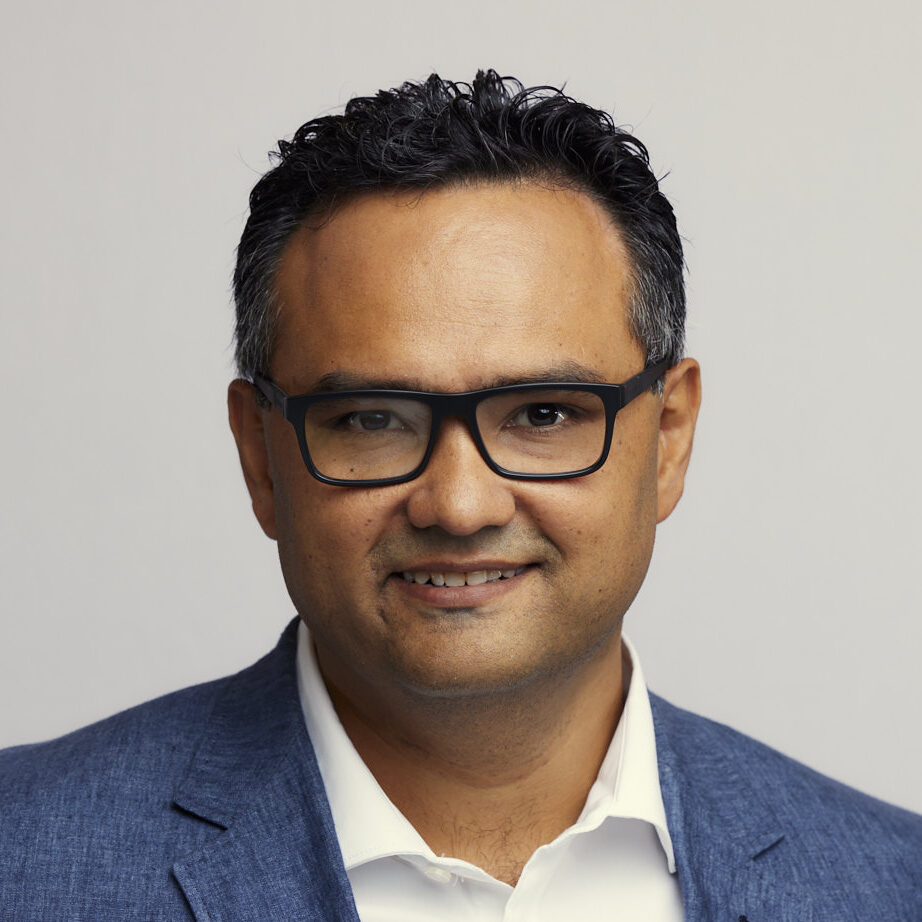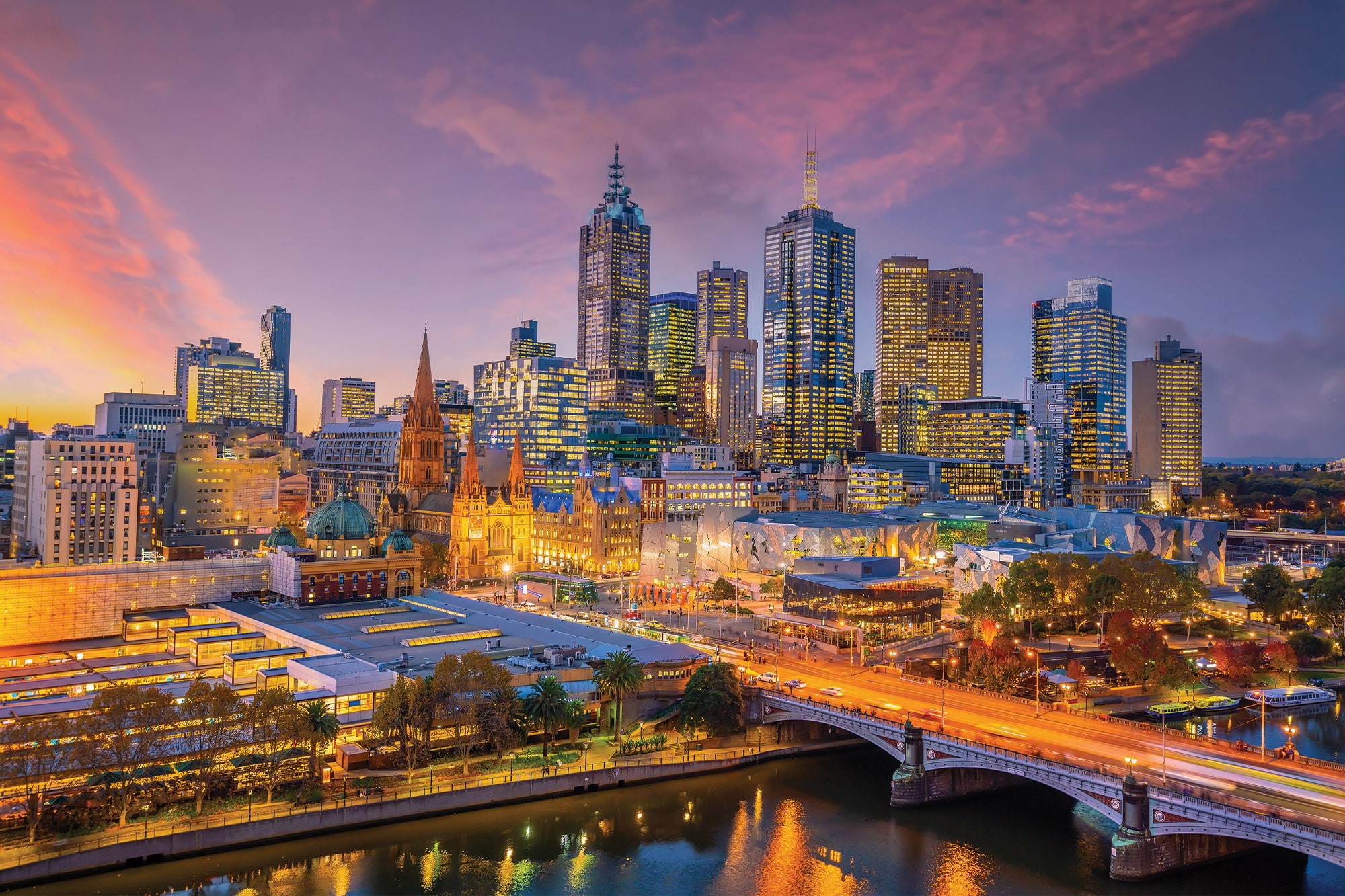
Melbourne’s housing market is picking up pace again in 2025 – but it’s doing so quietly. Prices are back on the rise: As of June 2025, the median house price is nearly 48% higher than a decade ago.
In this guide, we’ll look at what’s behind the recovery, which suburbs are heating up, and where prices could go from here.
Looking for the best property professionals in Melbourne? Check out our top 10 picks in the area.
Current Melbourne House Prices: June Snapshot
“With Melbourne’s median house price sitting around $1.06M, affordability varies dramatically across suburbs – from multimillion-dollar homes in Toorak to sub-$500,000 options in Melton,” explains Mansour Soltani from Soren Financial.
Melbourne’s property market is finding its feet again in 2025. After a few quieter years, prices are trending upward – and confidence is slowly returning.
Key Price Metrics (Houses):
Median house price: $1,063,719 (June 2025)
Quarterly growth: +2.3% from March 2025
Annual growth: +1.6% year-on-year
Key Price Metrics (Units):
Median unit price: $573,600
Quarterly growth: +2.7% from March 2025
Annual growth: -0.3% year-on-year
Melbourne is still one of the country’s priciest capital cities – edging ahead of Brisbane, and just behind Canberra. That price point reflects the city’s strong lifestyle appeal, rising population, and growing rental demand.
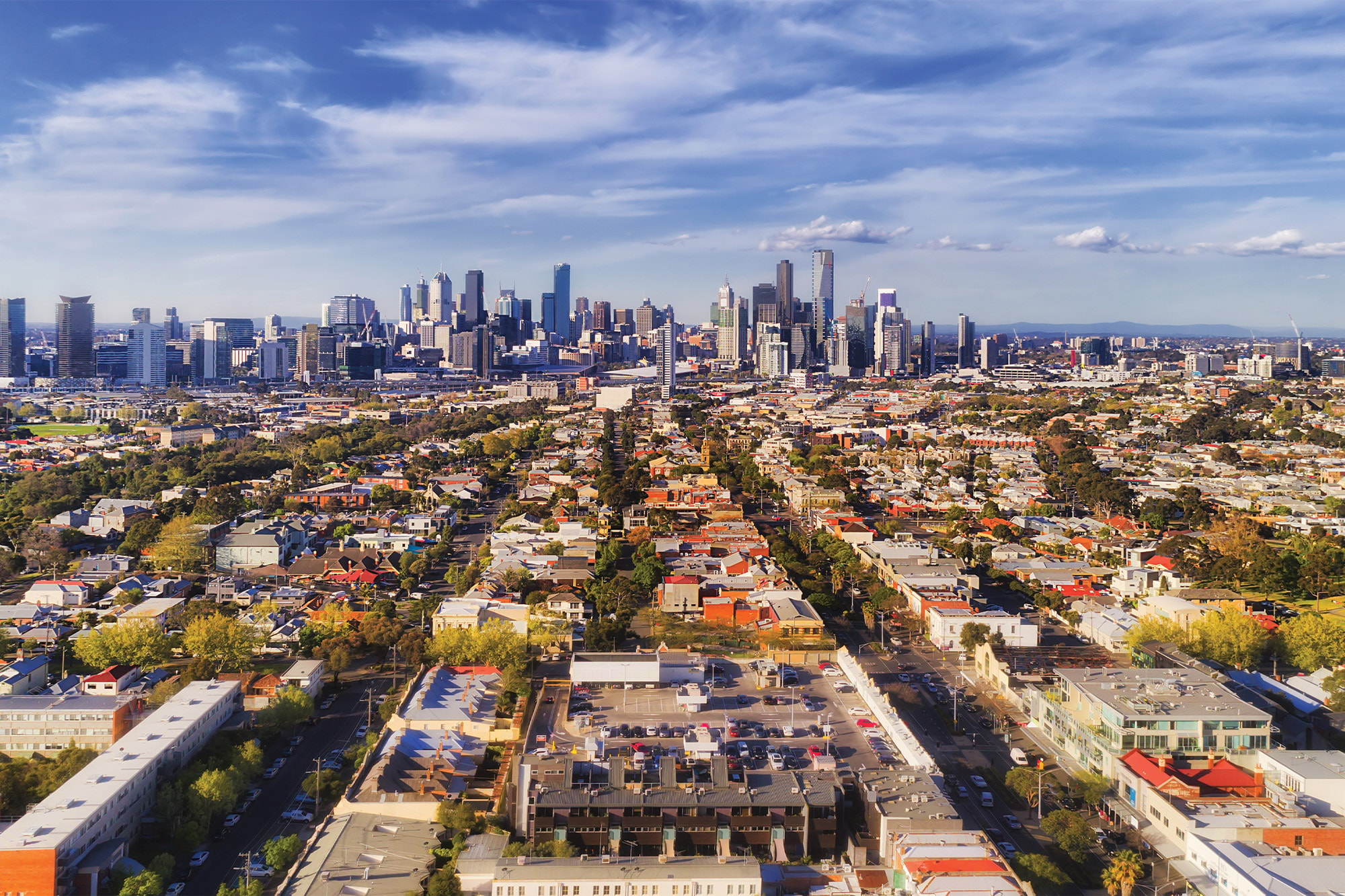
Melbourne House Price Trends Over the Past 12 Months
Mid-Year Performance Overview:
Momentum returns: House prices rose 2.3% over the June quarter, showing clear signs of recovery after last year’s downturn.
Interest rate relief: The RBA’s February and May rate cuts helped unlock borrowing power and gave many buyers a reason to get back in the game.
Confidence rebuilds: Auction clearance rates are improving, days on market are dropping, and buyers are moving more quickly – especially in Melbourne’s middle-ring suburbs.
Units start to lift: After lagging behind, unit prices are beginning to catch up, particularly in areas where supply is tight and rental demand is strong.
While prices are growing, the shift feels more measured, driven by population growth, pent-up demand, and growing confidence that rates have peaked. The expectation of further rate cuts has helped bring more buyers off the sidelines.
With Melbourne’s population growing faster than housing supply, especially in inner and middle-ring suburbs, that underlying demand is giving the market a stronger foundation heading into the second half of the year.
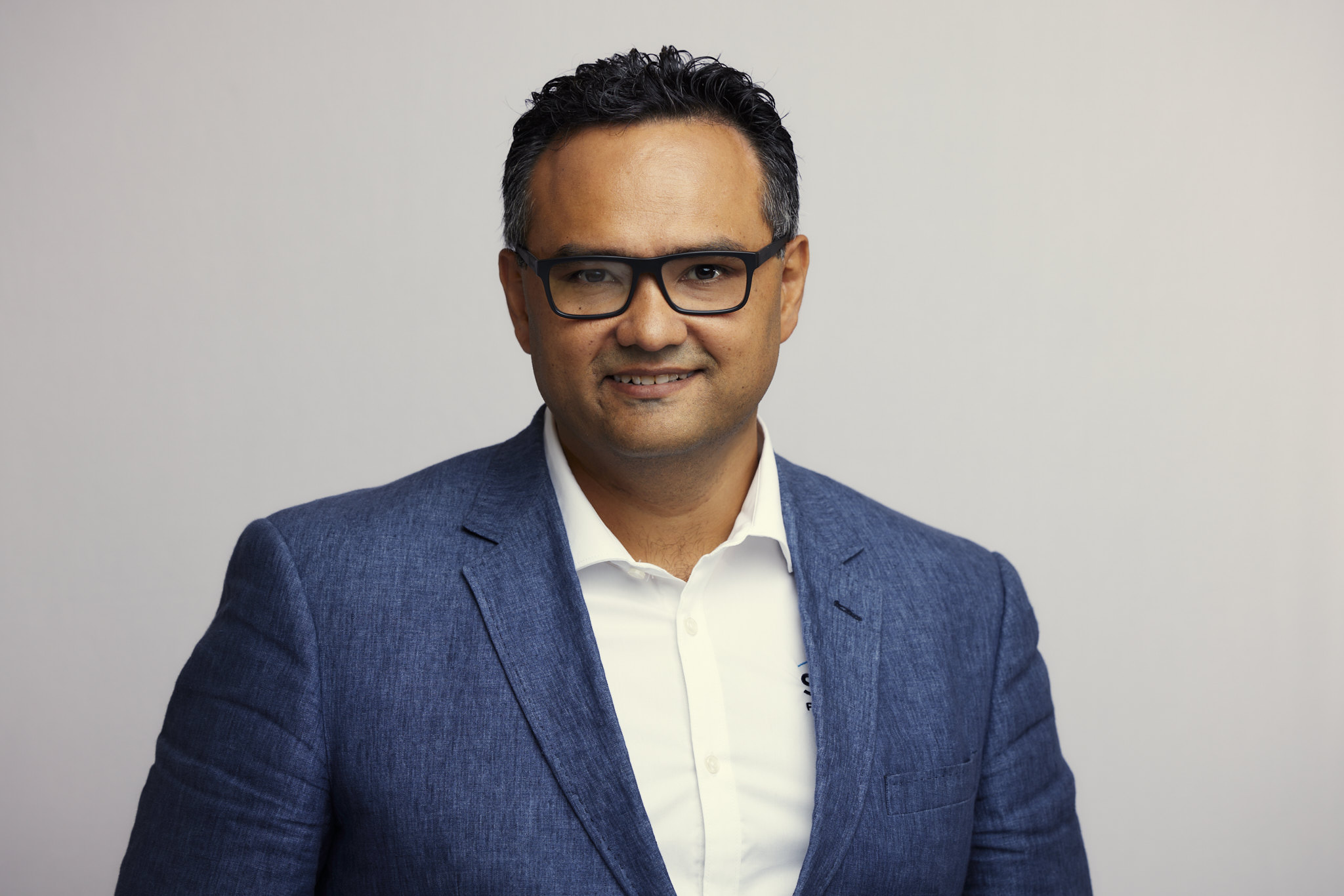
“The property market in Melbourne is showing clear signs of renewed momentum,” says Mansour Soltani from Soren Financial. “With forecasts pointing to modest growth in the short term and stronger acceleration through 2026. The anticipated rate cuts, combined with a significant undersupply of new dwellings, are likely to support price stability and moderate gains as early as the second half of 2025.”
Mansour Soltani, Soren Financial

“We’re not seeing a boom, but we are seeing balance. And in a market like Melbourne, that’s a good sign.”
James Haywood, Waves Financial
Melbourne House Prices by Region
Melbourne’s market recovery isn’t happening all at once – some suburbs are already seeing solid growth, while others are just starting to turn the corner. Here’s how things are shaping up across different parts of the city.
Inner Melbourne (0-10km from CBD)
Inner-city favourites like Richmond, Collingwood, and Fitzroy are still high on buyers’ wish lists. With price tags ranging from $1.2 million to well over $3 million, these suburbs aren’t cheap – but the lifestyle perks are hard to beat. After a quieter couple of years during the rate hikes, buyer interest is picking up again, especially from downsizers and professionals who want walkability, great dining, and solid rental returns.
Middle-Ring Melbourne (10-20km from CBD)
This area includes suburbs like Essendon, Box Hill, Glen Waverley, and Mitcham – all offering a good balance of space and access. Homes here generally cost between $800,000 and $2.3 million, with eastern suburbs like Glen Waverley and Mitcham tending toward the higher end. These areas are shooting up in popularity thanks to reliable transport, schools, and leafy streets.
Outer Melbourne (20-50km from CBD)
Melbourne’s outer suburbs and growth corridors are drawing plenty of attention. Suburbs like Berwick, Melton, Mickleham, and Wyndham Vale are popular with first-home buyers and investors chasing value – with houses still starting under $600,000 in many areas. These regions are seeing rapid development, with new schools, roads, train stations, and shopping centres improving liveability. While they may sit further out, better infrastructure is making commutes easier – and long-term capital growth more likely.
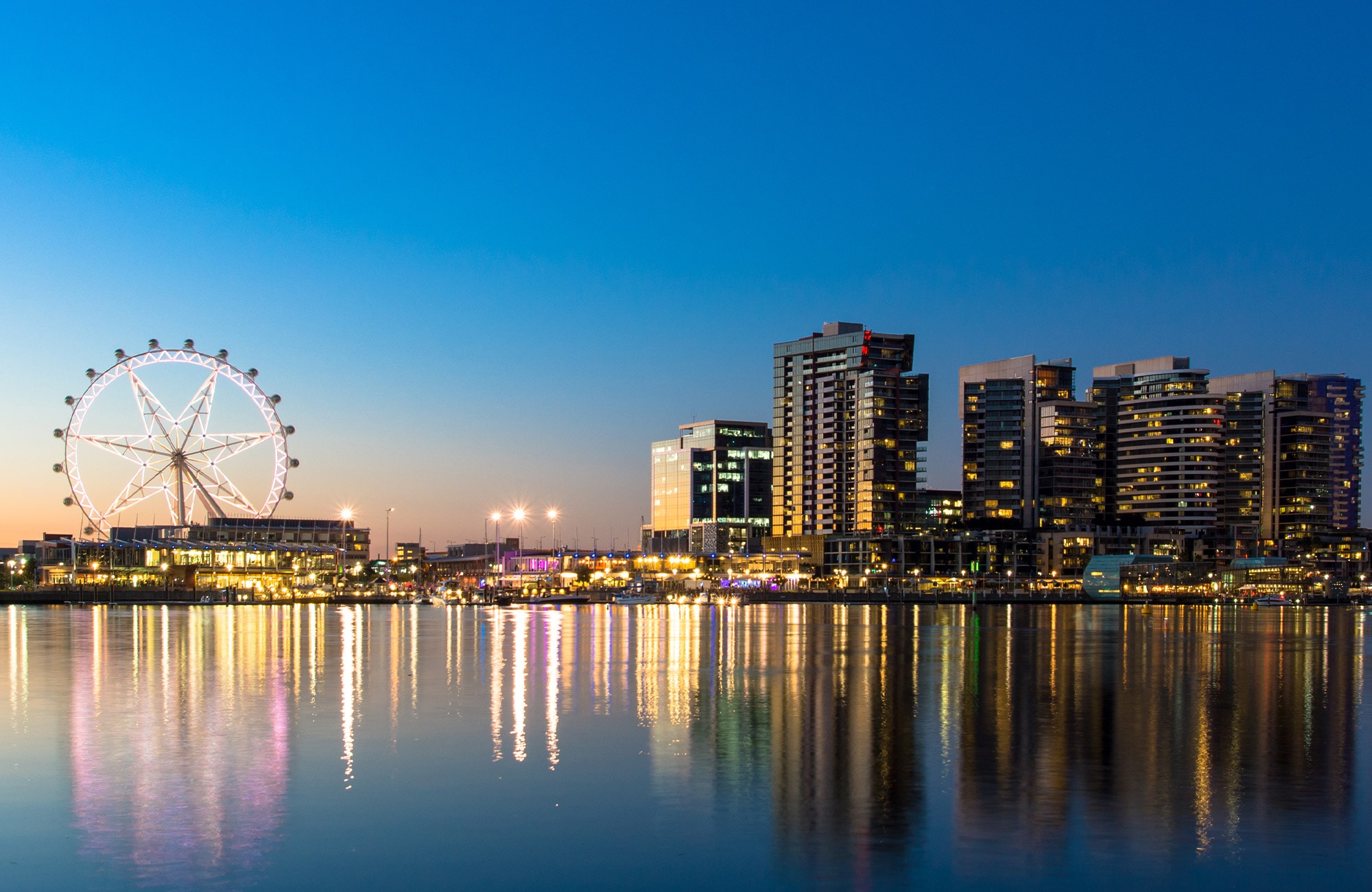
Melbourne Property Market Predictions 2025-2026
PropTrack and CoreLogic, are forecasting price growth of around 4–8% over the course of 2025, with moderate gains expected into 2026. That’s a solid turnaround, but not a repeat of the double-digit surges we saw during the COVID boom.
Middle-Ring Suburbs Are Tipped to Lead the Way
These areas strike a sweet spot between affordability and amenity – and they’ve already shown strong signs of recovery. Inner suburbs, while still in high demand, may see slower growth simply due to their higher price base. At the same time, outer suburbs and growth corridors could outperform thanks to improving infrastructure and growing demand from first-home buyers and young families.
New Peaks on the Horizon
Some experts believe Melbourne property values could surpass their 2021–22 peak by mid-2026, especially if interest rates fall sooner than expected. Increased borrowing power, ongoing population growth, and tight housing supply are all likely to support continued upward pressure on prices. That said, forecasts always come with a few “ifs” – rate changes, policy shifts, or global economic turbulence could all slow things down.

What’s Driving Melbourne House Price Growth?
It’s not just one thing turning the market around – there are a few key forces working together to give Melbourne property a push in 2025:
Interest rate optimism: Even the possibility of rate cuts has lifted buyer confidence. If the RBA pulls the trigger later this year or early 2026, demand could jump again.
Booming population growth: Melbourne’s gaining people fast – from overseas, interstate, and regional areas – and the housing supply just isn’t keeping up.
Solid jobs and income growth: More people are feeling secure in their jobs, and wage growth has picked up. That stability makes it easier to plan for a mortgage.
Tight housing supply: There’s a real lack of new houses being built. Delays in construction, planning bottlenecks, and higher build costs mean fewer new homes are coming to market.
Pressure in the rental market: Rents are soaring and vacancy rates are low. For some renters, buying is starting to look like the better long-term option.
Tips for First-Home Buyers to Enter the Market
Thinking about taking the leap this year? Here are a few tips that might help you get there sooner:
Check out what’s available through government grants and stamp duty savings – they can take a serious chunk off your upfront costs.
Consider rentvesting if you want to enjoy the lifestyle in one place and an affordable investment property in another.
A good mortgage broker can help you make sense of all the options and find a lender that actually suits your situation.
Look at units or townhouses as a starting point – getting into the market is the goal, even if it’s not your dream home just yet.
Don’t underestimate the power of budgeting – tracking your spending now can help fast-track your deposit.
Be patient, but proactive – the right property might take time to find, but staying ready with mortgage pre-approval gives you the edge when it pops up.
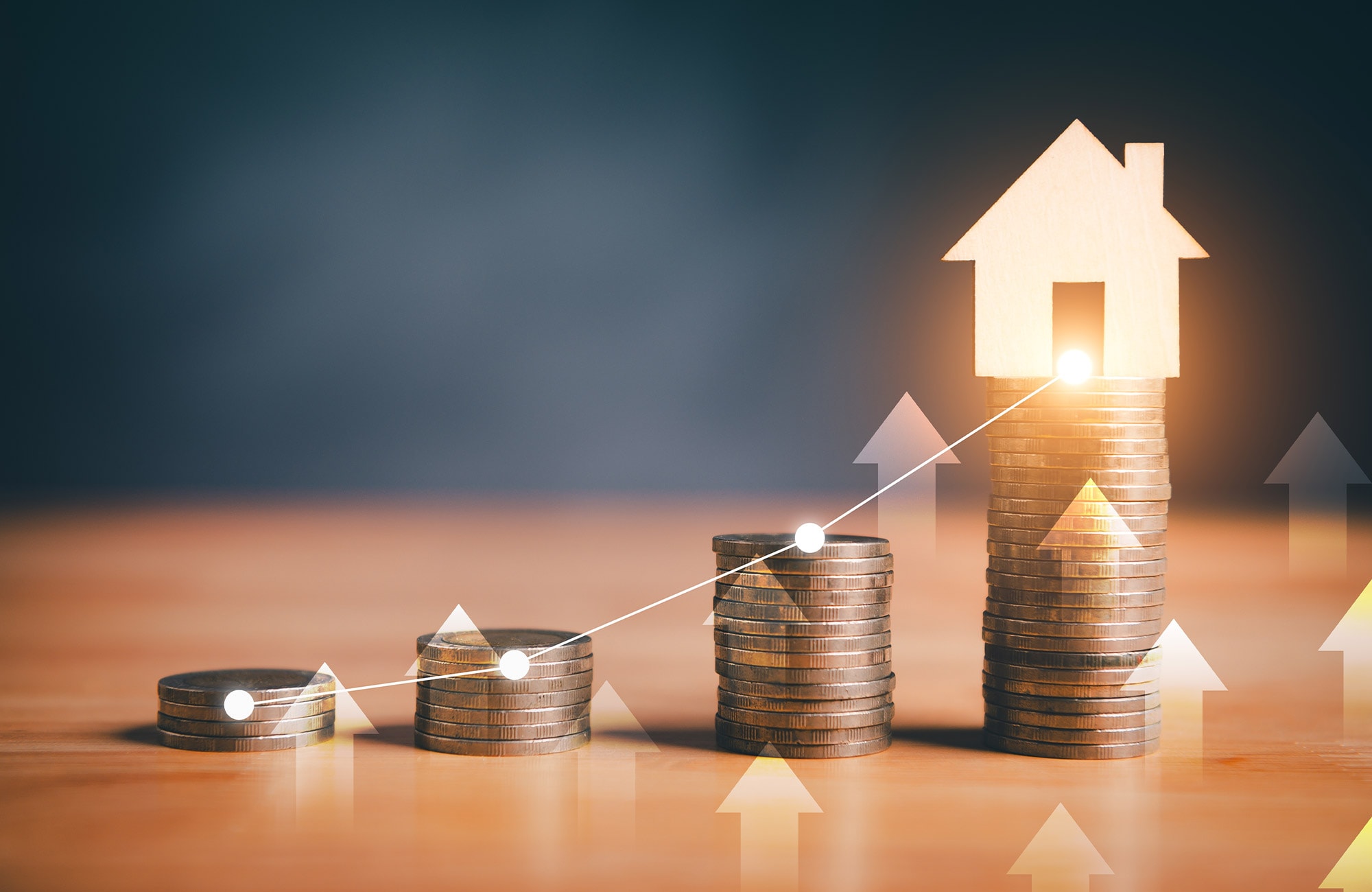
Final Thoughts
Melbourne’s property market is finding its rhythm again. Prices are ticking upward, but things feel steadier – not like the rollercoaster years we’ve just had. For buyers and investors, that’s good news. It means less FOMO, more time to do your homework, and better chances of finding value. Whether you’re aiming to buy your first home, upgrade, or invest, Melbourne still offers plenty of opportunities if you know where to look.
Need help buying property in Melbourne? Check out our top 10 guides on the best financial professionals in the city.

Frequently Asked Questions
What Is the Average House Price in Melbourne?
Right now, the median house price in Melbourne is just over $1.06 million, while units are sitting around $573,000. That’s the middle of the market – so naturally, prices go much higher in places like Toorak or Brighton and much lower in outer suburbs like Melton and Pakenham. Where you buy really shapes how much you’ll spend.
Are Melbourne House Prices Going Up or Down?
They’re heading up again. After a bit of a slump last year, things have picked up in 2025 – prices rose 2.3% over the June quarter alone. Most experts believe we’ll see growth between 4% and 8% by the end of the year, helped along by strong demand and the chance of interest rates dropping.
What Are the Cheapest Suburbs in Melbourne to Buy a House?
If you’re house hunting on a tighter budget, the outer suburbs still offer some great value. Melton, Werribee, Craigieburn, Pakenham, and Tarneit all have options under $600,000. These areas are popular with first-home buyers and investors who are after affordability and decent long-term growth.
How Much Do I Need to Earn to Buy a House in Melbourne?
For a home around the median price – just over $1.06 million – a household income of roughly $180,000 to $200,000 is usually needed (assuming a 20% deposit). But if you’re buying somewhere more affordable, like Melton, an income closer to $90,000 could be enough. Some buyers are using smaller deposits, but that usually means paying Lenders Mortgage Insurance (LMI) too.
Will Melbourne House Prices Crash in 2025?
A crash seems very unlikely at this point. Most experts agree that Melbourne’s property market is in recovery mode, not in freefall. Prices might not skyrocket overnight, but solid population growth, low housing supply, and the possibility of rate cuts all point to steady growth, not a sudden drop.
Which Melbourne Suburbs Have the Best Capital Growth?
There’s plenty of buzz around places like Richmond, Footscray, and Brunswick – all benefiting from gentrification and improved transport. Out in the growth corridors, suburbs like Officer, Clyde North, and Wyndham Vale are picking up speed thanks to new infrastructure and family-friendly developments. Even coastal spots like Carrum and Mordialloc are getting more interest, with lifestyle appeal driving demand.
How Do Melbourne House Prices Compare to Sydney?
Sydney still takes the crown for Australia’s most expensive capital, with the median house price sitting around $1.48 million. That’s more than $480,000 higher than Melbourne’s median – which makes a big difference if you’re buying your first place or investing. Melbourne also offers better rental yields, which means investors often get more value for money.
What Factors Affect Melbourne Property Prices?
Lots of moving parts shape the property market – interest rates, job growth, population trends, and how much housing is being built all matter. On a local level, things like public transport upgrades, schools, lifestyle appeal, and even zoning changes can affect prices too. It’s a mix of national influences and local changes that makes the difference.
With over two decades of experience in Australia’s real estate sector, Mansour has built a career specialising in the acquisition and sale of investment and commercial properties, spanning major metropolitan hubs and regional areas. As the founder and owner of a finance brokerage firm, he manages a loan portfolio exceeding $100 million while serving a broad range of clients nationwide.
A frequent contributor to money.com.au, Mansour has developed a deep understanding of diverse investment strategies, enabling him to provide valuable, well-informed perspectives on market trends and opportunities.

